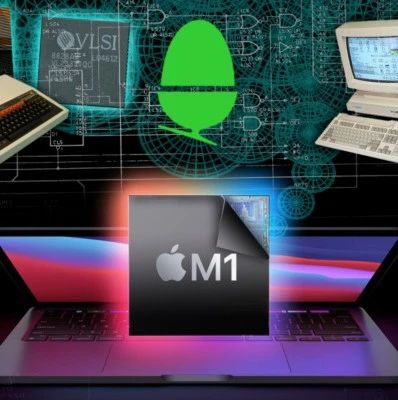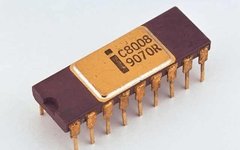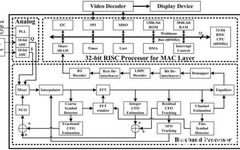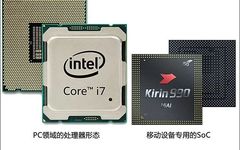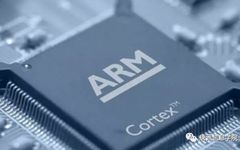40th Anniversary of Arm Architecture: Over 250 Billion Chips Shipped
April 2025 marks the 40th anniversary of the Arm architecture. Originally just an ambitious project in a small corner of Cambridge, UK, Arm has evolved into the most widely used computing architecture globally, supporting billions of devices—from sensors, smartphones, and laptops to cars and data centers. The story of Arm architecture began over forty years … Read more


